Last week I took a trip to New York to attend the Open Hardware Summit. The talks were outstanding, and it was great to be in a crowd of extraordinarily creative people. While the open hardware world has its share of engineers, both amateur and professional, it also has artists, which makes for some interesting fusion.
Furthermore, the presentation skills of the speakers ranged from good to outstanding. It was a pleasant shock to watch one excellent talk after another. I must have been lulled into complacency by having seen too many boring talks at scientific conferences.
The Summit was held at the New York Hall of Science, which two days later hosted Maker Faire. As I walked down the street from the train station to the museum, I knew I was getting close when I saw these over the trees. That’s a Mercury and a Gemini capsule perched high on their boosters.

Why the Hall of Science, one might ask? Eric Siegel, the Director and Chief Content Officer, welcomed us to the conference by explaining that NYSCI is about getting people interested in science, and he sees the open hardware movement as doing the same.
The keynote talk was from 4/5 of the Arduino team, who were entertaining and engaging speakers. A few memorable quips:
- (When starting an open hardware business) “Hire a lawyer. You don’t know why but she does.”
- “If you have a company with 5 people in 3 countries, you are a multinational corporation.”
- (On the popularity of names ending in -duino) “We named the Arduino after our favorite bar. … The worst one was one morning when I found in my e-mail an announcement of a board called “Sanguino”. If you get the accents right, in Italian, that means ‘I am bleeding’.”
Bunnie Huang (of Chumby fame) gave a great talk on the end of Moore’s Law and what he sees as the future of open hardware. Moore’s law drives a very short market cycle for new designs, which means that by the time an individual hacker can build something interesting, it has been obsoleted by products from big corporations. In places like Shenzhen, though, the use of trailing-edge technology means small shops can innovate and still be competitive. Once Moore’s law runs into fundamental physical limits, Bunnie believes market cycles will slow and small innovators participating in the open hardware world will be able to compete more and more effectively with the big guys.
Bunnie was the first presenter to use his own hardware on stage. He funneled his presentation through NeTV, an HDCP video overlay board. Bunnie had it set up so that people in the audience could text or tweet messages, in real time, to a scrolling banner at the top of his slides.
At lunch, OpenROV‘s Eric Stackpole and David Lang took up a strategic position next to the catering line with some of their underwater robots.
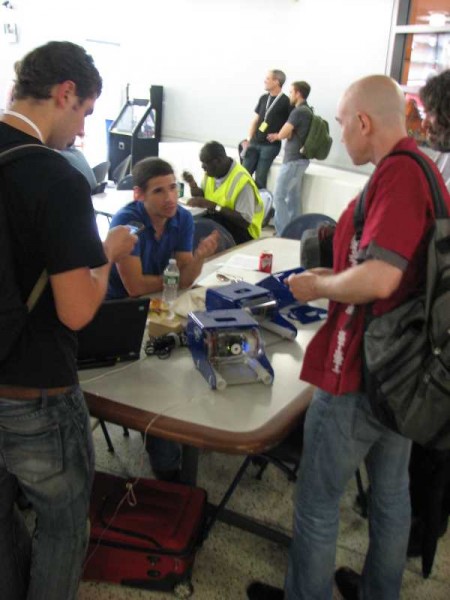
After lunch were more great talks. Surprising to me was the talk by Bruce Perens, the founder of the Open Source Initiative and one of the key players in the emergence of the widely-used open source software licenses used today. I thought he would have something to say about hardware licensing, but instead he talked about the ham radio satellites and what AMSAT and TAPR have done to develop and release open-source hardware designs.
James Bowman followed up with a great talk about the Gameduino, a board that can be used to play video games with an Arduino or other small microcontroller. His talk was about the development of Gameduino, which went from Kickstarter to a shipping product in three months. More than demonstrate his product, James used it as the sole device for presenting all of his slides. Here’s a Gameduino, as seen on a Gameduino:
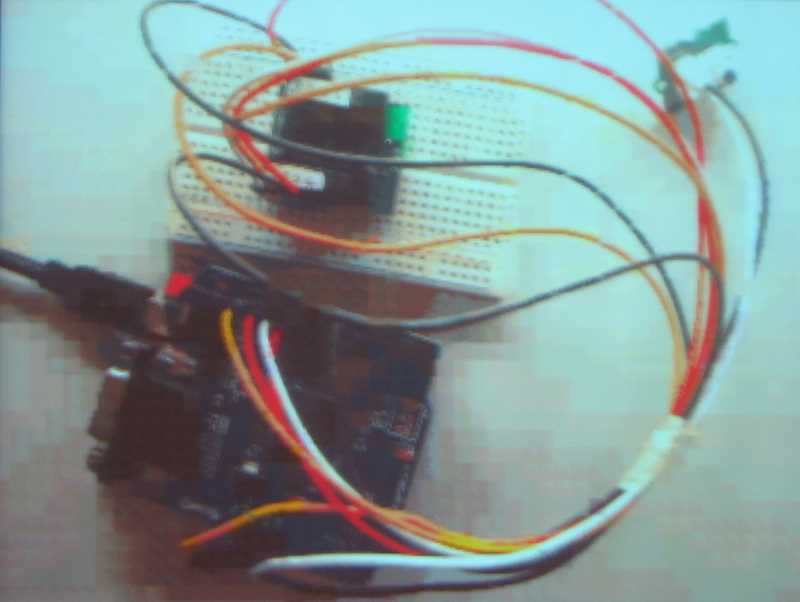
The Gameduino uses James’s impressive J1 Forth CPU as part of its hardware. The J1 is on my list of things to try out.
Bryan Newbold gave an insightful talk about the economics of small-quantity price breaks. Being at Octopart, Bryan has access to a massive component price database, which he used to illustrate a number of points about small-run manufacturing, as is typical for an open source hardware startup. One of his most striking slides was this, which illustrates the effects of the hidden costs of various funding sources. In order to get the same cost per unit if selling 175 units with cash funding, a startup might have to sell 5000 units with Kickstarter funding. That’s a sizeable difference, and it’s caused by the interaction of quantity price breaks with the direct and indirect costs of various sources of funding.

Mitch Altman brought the plenary session to a close with a talk about his experiences turning the TV-B-Gone into a product. Mitch is an outstanding and entertaining speaker. One of his gems: “Hi, I’m Mitch Altman. I turn off TV’s for a living, and I LOVE MY JOB.”
The day finished with cocktails and demos from dozens of hackers and makers. I’ll have more on the creative things I saw there in my next post.
Want to share your thoughts about open source hardware? Were you at OHS? Comments are welcome!

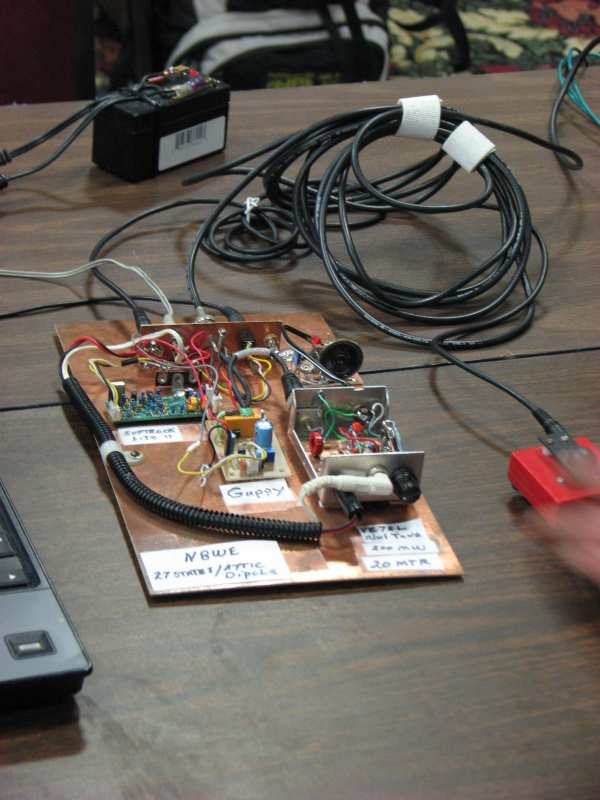


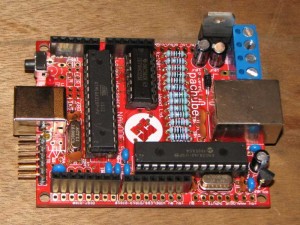
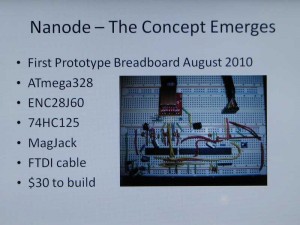
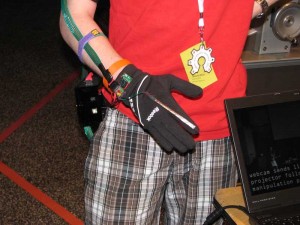
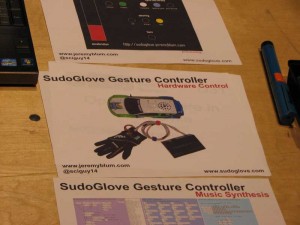
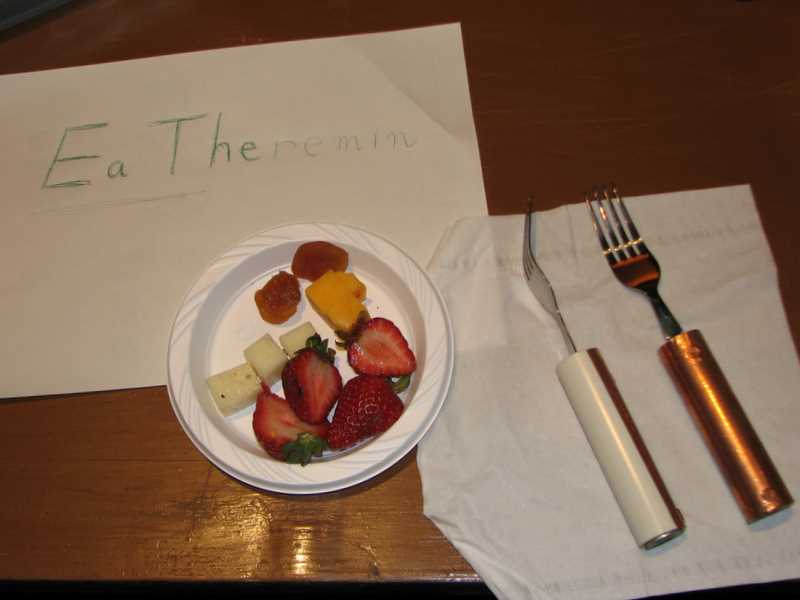
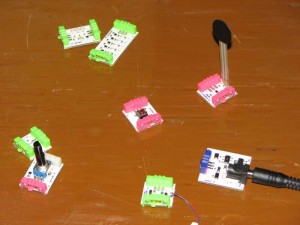
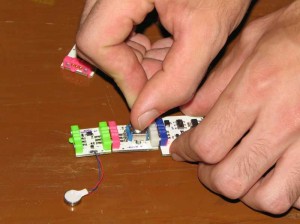
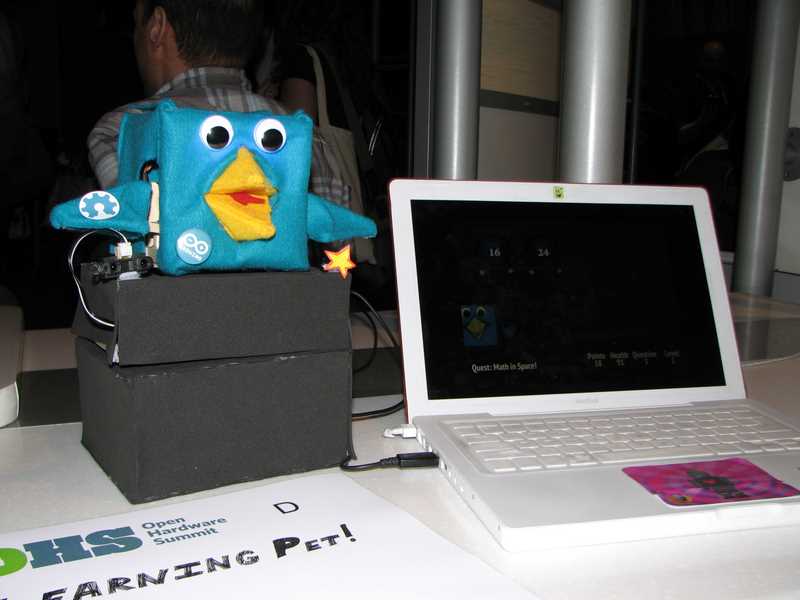
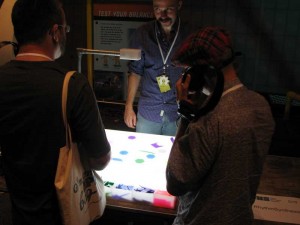
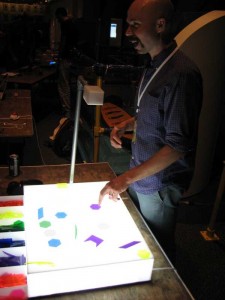




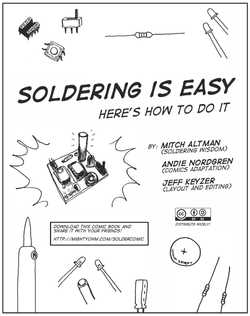 The
The